Types of Roof Cleaning Methods: Understanding the Best Approach for Your Roof Material
March 21, 2024
Types of Roof Cleaning Methods: Understanding the Best Approach for Your Roof Material
Just Clean Property Care specialises in offering expert roof cleaning services tailored to meet the unique needs of various roof materials. A clean roof not only enhances the aesthetic appeal of your home but also plays a crucial role in maintaining its overall health and longevity. However, not all roof cleaning methods are created equal, and choosing the wrong approach can lead to damage and costly repairs. This blog post aims to shed light on the different types of roof cleaning methods available and help you understand the best approach for your specific roof material.
Soft Washing
Soft washing is a gentle yet effective cleaning method that uses low-pressure water combined with specialised cleaning solutions to remove dirt, algae, moss, and other build-ups from your roof. This method is particularly suited for roofs made of asphalt shingles, tile, or slate, as it cleans without the risk of damaging the roof’s delicate surfaces. The cleaning solutions used in soft washing also help inhibit future growth of moss and algae, keeping your roof clean for longer periods.
Pressure Washing
Pressure washing involves the use of high-pressure water to blast away dirt, grime, and growths from the roof surface. While this method can be highly effective for certain types of roofs, such as metal or concrete tiles, it’s not recommended for all materials. High pressure can dislodge or damage asphalt shingles, slate tiles, or wooden shakes, leading to leaks and reducing the lifespan of the roof. Always consult with a professional like Just Clean Property Care to determine if pressure washing is suitable for your roof material.
Manual Removal and Treatment
In some cases, the best approach to roof cleaning involves manually removing moss, algae, and debris by hand or with the use of specialised tools, followed by the application of chemical treatments to prevent future growth. This method is often recommended for roofs with significant moss buildup or those made of materials that are particularly vulnerable to damage from pressure or chemicals, such as wood shakes. Manual removal is labor-intensive but ensures that the roof is cleaned thoroughly without risking harm to the roof structure.
Chemical Cleaning
Chemical cleaning, or “no-pressure” roof cleaning, uses potent chemical solutions to kill and remove moss, algae, and lichen from the roof surface. This method is effective for a wide range of roof materials and is especially beneficial for treating roofs with persistent biological growths. However, it’s essential to choose the right chemicals for your roof material to avoid any damage, and runoff management must be considered to prevent harm to the surrounding environment.
Choosing the Right Method for Your Roof
Selecting the appropriate roof cleaning method depends on several factors, including the material of your roof, its age, the extent of dirt and biological growth, and any manufacturer recommendations. Consulting with a professional roof cleaning service in Oldham like Just Clean Property Care ensures that your roof is assessed accurately and that the most effective and safe cleaning method is chosen. Our team of experts has the knowledge and experience to identify the best approach for your specific roof material, ensuring that it’s cleaned thoroughly without causing damage.
Conclusion
Understanding the different types of roof cleaning methods is crucial to maintaining the health, appearance, and longevity of your roof. Whether your roof requires soft washing, pressure washing, manual removal, or chemical cleaning, Just Clean Property Care is here to provide the expertise and professional services needed to get the job done right. By choosing the correct approach for your roof material, you can rest assured that your roof will continue to protect and beautify your home for years to come.


